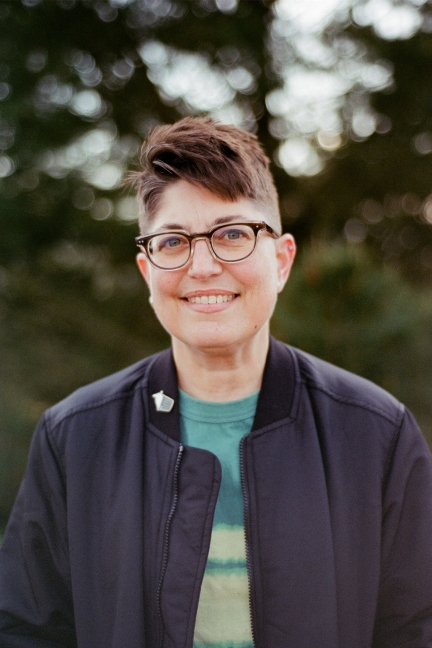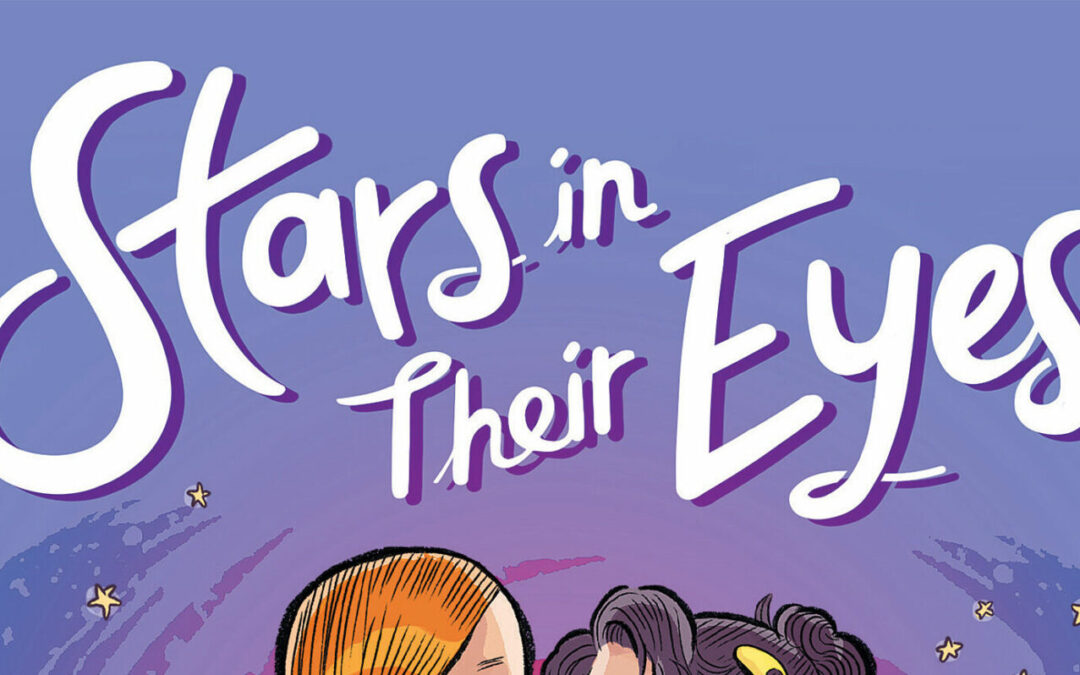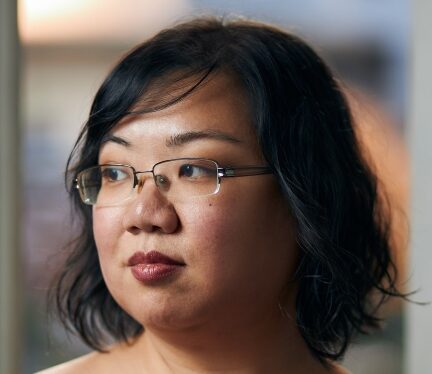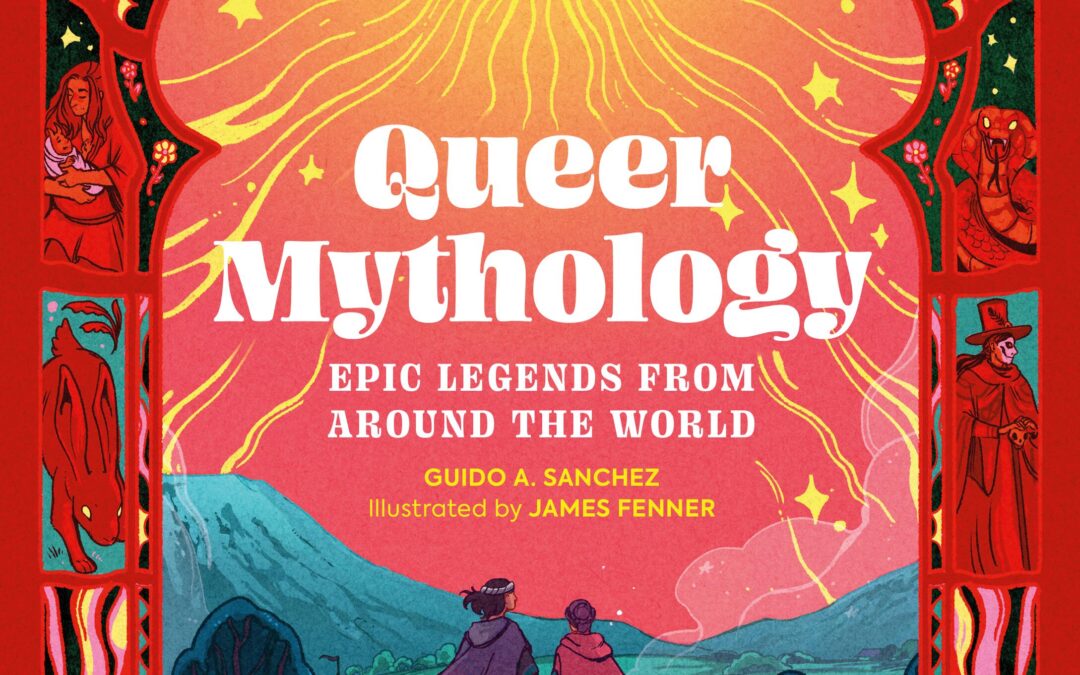
by Michele Kirichanskaya | Jun 11, 2025 | Blog
Annalee Newitz writes science fiction and nonfiction. They are the nationally bestselling author of the books Four Lost Cities: A Secret History of the Urban Age and Stories Are Weapons: Psychological Warfare and the American Mind, and the...

by Michele Kirichanskaya | May 29, 2025 | Blog
Miranda is a Washington-based comic artist and layout designer. They strive to tell stories that have a deep emotional impact on their readers and inspire people to reflect on their lives and in turn learn or heal something about themselves. Miranda likes happy...

by Michele Kirichanskaya | May 23, 2025 | Blog
Jessica Walton is a queer, disabled writer and speaker. They co-wrote an episode of Australian comedy series Get Krack!n that focused on disability, and they are also the author of Introducing Teddy, a picture book illustrated by Dougal MacPherson. Jess’s short...

by Michele Kirichanskaya | Apr 30, 2025 | Blog
Nghi Vo is the author of the novels Siren Queen and The Chosen and the Beautiful, as well as the acclaimed novellas of the Singing Hills Cycle, which began with The Empress of Salt and Fortune. The series entries have been finalists for the Nebula Award, the Locus...

by Michele Kirichanskaya | Apr 9, 2025 | Blog
Guido A. Sanchez is a writer, middle school teacher and leader, comics aficionado, and podcaster based in New York. Guido revels in nurturing young people along their journeys as they begin to tell the myths of their own lives. Once the school day wraps up, he also...






